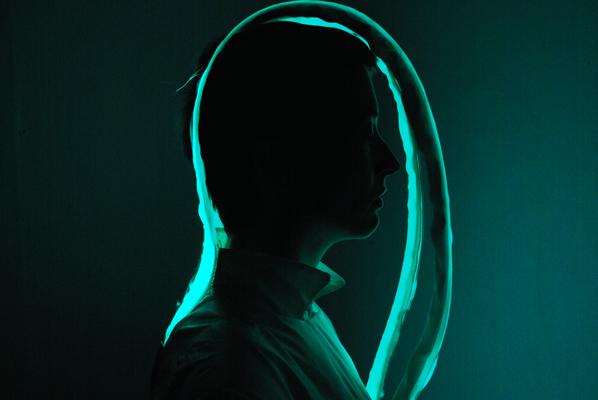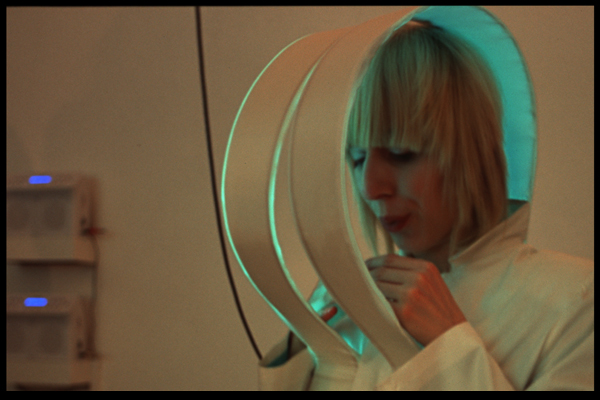Sensor Sonic Sights, a trio group, create a unique sound/image ambiance and environment using sensor gestures that capture their movement to translate for digital data.
S.S.S uses 3 main tools for their performances,
- Ultrasound sensors which measure distance between the performer’s hands and their machine, allowing them to form 3D imagery, navigate in color, scale, texture…
- The Theremin, a historical electronic instrument invented in 1919, an oscillator which responds to perturbations of electrostatic fields based on the distance of the hands and body to the instrument…
- The BioMuse places gel electrodes on the performer’s forearms, analyzing EMG biosignals. Muscle tension through concentrated movement allows the musician to sculpt sound synthesis.
Collectively, each member contributes to the resulting sounds and images by their individual actions.
I appreciate the collaborative efforts for creating an experience that will be different every time.
I especially enjoy the audio produced by
S.S.S that isn't heard so often. (It reminds me of snippets from
Donnie Darko).
I believe the tools and techniques can go beyond what
S.S.S does, for other audio producing and teaching tools, and creative inventing for images.
A video of S.S.S performing and
a link to their site.





